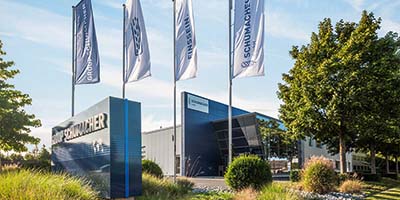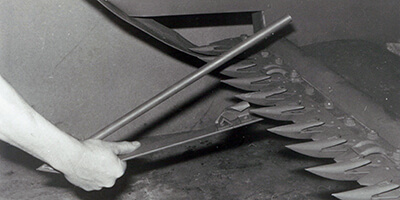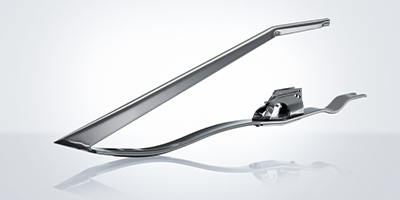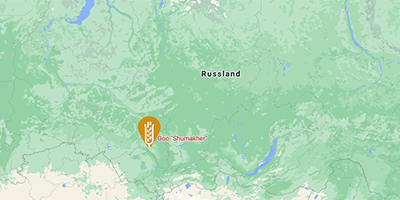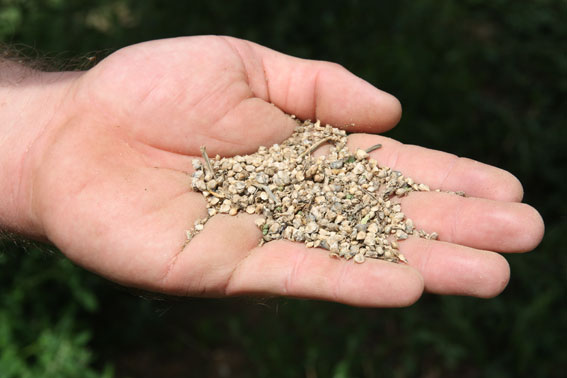Steffen Peil on “minimizing harvest losses”
“I’m a farm machinery fanatic”
Report by Andreas Frangenberg
Steffen Peil runs a 150-hectare arable farm in partnership with his father in the Zülpicher Börde, a lowland plain in the southern part of North Rhine-Westphalia. One of his specialist areas is the production of spinach seed. Around one fifth of the farmland is set aside each year to grow the 2.5 to 3 mm seeds, with 800 to 1200 kg of spinach seed per hectare harvested in July or August. The secret to Steffen Peil’s success is minimizing harvest losses. Andreas Frangenberg visited the Peil Farm to find out how he does it.
The thirty-five-year-old agricultural engineer was born and raised in a farming community and has farming in his blood. “Being outside in the fresh air much of the time, seeing how nature develops and changes, how seeds sprout and thrive – for me, that’s what farming’s all about. And of course, producing a successful harvest at the end of it. But I have to admit that I like some crops more than others, and spinach is definitely one of my favorites”, says Steffen Peil with a grin.
Alongside spinach, they also grow varying quantities of wheat, barley, potatoes, spelt, sugar beet and commercial vegetables on the farm. This year, for example, some 15% of the fields are put down to dwarf beans; destined for the nearby canning factory, just like the broad beans and peas grown in other years.
